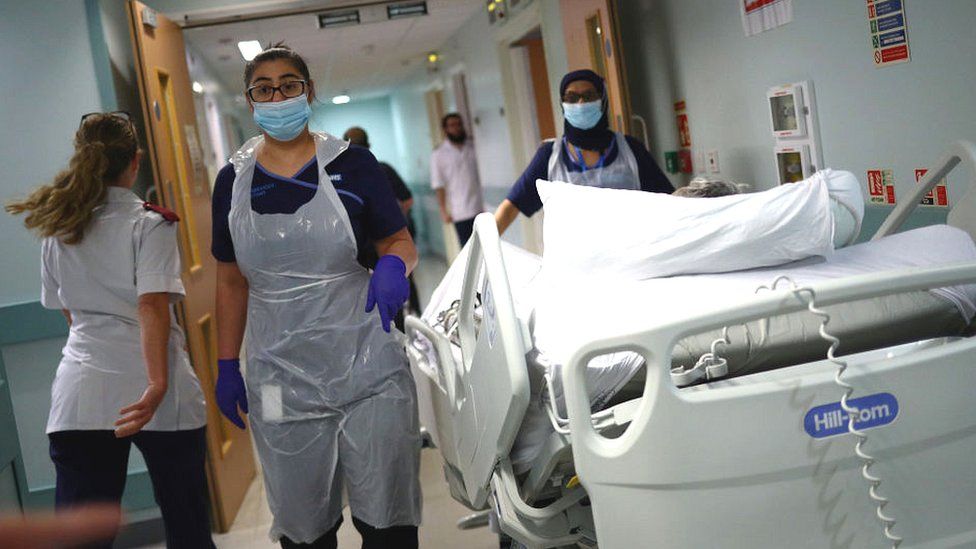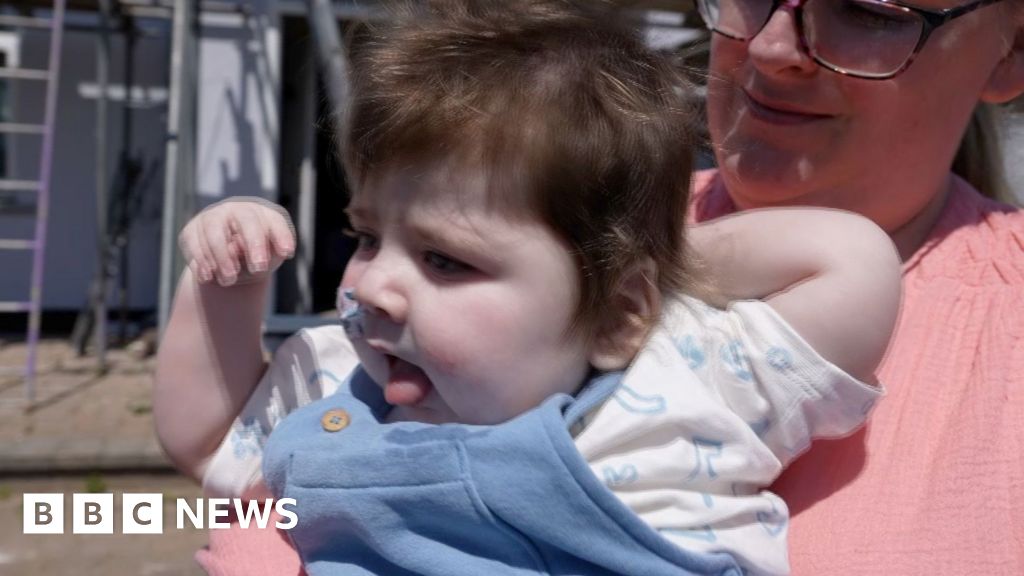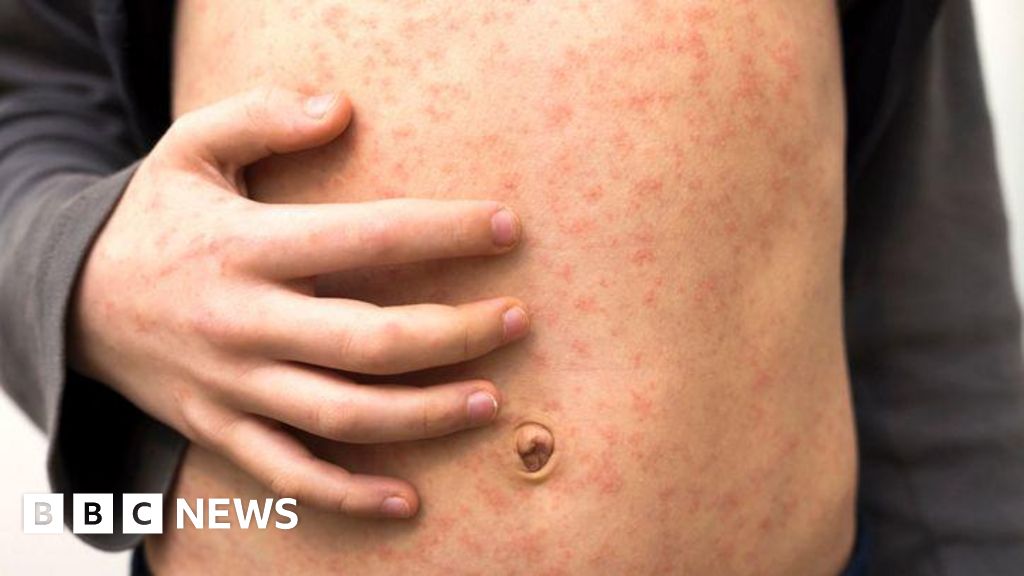ARTICLE AD BOX
 Image source, Getty Images
Image source, Getty Images
By Robert Cuffe & Rachel Schraer
BBC News
More than 650,000 deaths were registered in the UK in 2022 - 9% more than average.
This represents one of the largest excess death levels outside the pandemic in 50 years.
Though far below peak pandemic levels, it has prompted questions about why more people are still dying than normal.
Data indicates pandemic effects on health and NHS pressures are among the potential explanations.
Is it Covid?
Covid is still killing people, but is involved in fewer deaths now than at the start of the pandemic. Roughly 36,000 deaths involved Covid in 2022 compared with more than 95,000 in 2020.
We are still seeing more deaths overall than would be expected based on recent history. The difference in 2022 - compared with 2020 and 2021 - is that Covid deaths were one of a few factors, rather than the main explanation for this excess.
So what else might be going on?
The crisis in healthcare
A number of doctors are blaming the wider crisis in the NHS.
At the start of 2022, death rates were looking like they'd - to pre-pandemic levels. It wasn't until June that excess deaths really started to rise - just as the number of people waiting for hours on trolleys in English hospitals hit levels normally seen in winter.
On 1 January 2023, the president of the Royal College of Emergency Medicine suggested the crisis in urgent care could be causing "300-500 deaths a week".
It's not a figure recognised by NHS England, but it's roughly what you get if you multiply the number of people waiting long periods in A&E with the extra risk of dying estimated to come with those long waits (of between five and 12 hours).
It's possible to debate the precise numbers, but it's not controversial to say that your chances are worse if you wait longer for treatment, be that waiting for an ambulance to get to you, being stuck in an ambulance outside a hospital or in A&E.
And we're seeing record waits in each of those areas.
In November, for example, it took 48 minutes on average for an ambulance in England to respond to a suspected heart attack or stroke, compared to a target of 18 minutes.
Lasting effect of pandemic
Some of the excess may be people whose deaths were hastened by the after-effects of a Covid infection.
A number of studies have found people are more likely to have heart problems and strokes in the weeks and months after catching Covid, and some of these may not end up being linked to the virus when the death is registered.
As well as the impact on the heart of the virus itself, some of this may be contributed to by the fact many people didn't come in for screenings and non-urgent treatment during the peak of the pandemic, storing up trouble for the future.
We can see that the number of people starting treatment for blood pressure or with statins - which can help prevent future heart attacks - plunged during the pandemic and, a year later still hadn't recovered.
No evidence of vaccine effect
The rise in cardiac problems has been pointed to by some online as evidence that Covid vaccines are driving the rise in deaths, but this conclusion is not supported by the data.
One type of Covid vaccine has been linked to a small rise in cases of heart inflammation and scarring (pericarditis and myocarditis). But this particular vaccine side-effect was mainly seen in boys and young men, while the excess deaths are highest in older men - aged 50 or more.
And these cases are too rare - and mostly not fatal - to account for the excess in deaths.
Finally, figures up to June 2022 looking at deaths from all causes show unvaccinated people were more likely to die than vaccinated people.
While this data on its own can't tell us it's the vaccine protecting people from dying - there are too many complicating factors - if vaccines were driving excess deaths we would expect this to be the other way around.

 2 years ago
156
2 years ago
156








 English (US) ·
English (US) ·